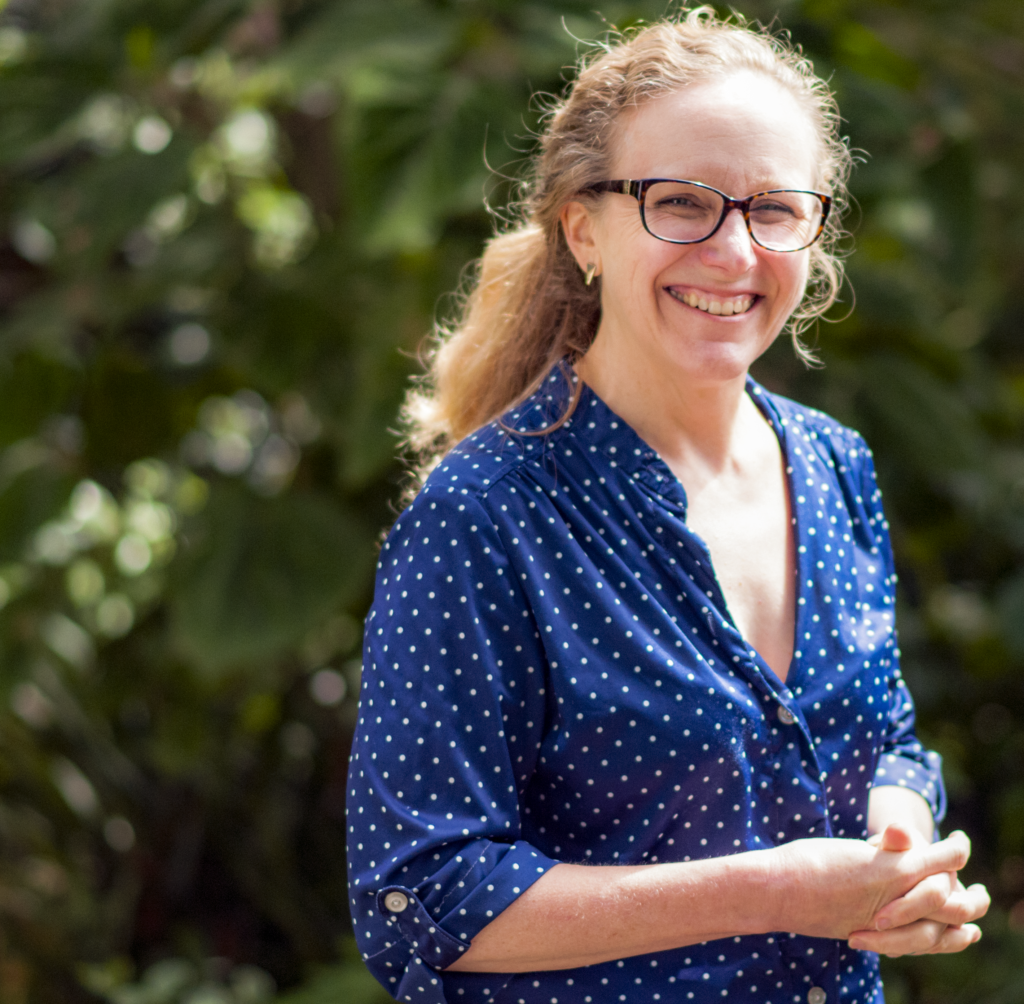
I was excited about my idea, but I never thought about turning it into a startup. I just wanted to layer ideas into what I could see. Annotating pictures seemed so simple, yet no one had done it.
It takes a lot of excitement to turn an idea into a startup
But excitement isn’t enough. I was fortunate to have found a terrific co-founder and an amazing team. Together, we built Ponga into a service that gives architects, designers, and other visual pros a way to collaborate with their clients by annotating pictures. Annotations explain, ask and document while the selected area in the picture provides context. With Ponga, you can communicate without lingo.

Listen, Observe, and Ask Questions
We traveled a great deal when I was a child and I learned to listen, observe and ask questions. “Never let school get in the way of an education,” my parents used to say, quoting Mark Twain. I went to nine different schools by the tenth grade. Travel was just part of the experience. I stopped counting countries. It gave me an appreciation for languages and cultures of the world. I learned to be an observer — and the new kid at school.
I was in diapers we moved to Costa Rica, later moving to Bolivia, and back to the US when I was a young adolescent. We settled in Honolulu, but we still lived for brief periods in Tokyo and London traveling around Asia, the South Pacific and Europe along the way.
In Honolulu, we worked in my parent’s market research consulting business. I helped with sorting and coding questionnaires. When my voice was deep enough, I would do the interviewing too. It was tough, but it taught me how to engage strangers in conversation, and empathize with their perspective. Going door-to-door also taught me to pay attention to cultural cues, demographic patterns — and barking dogs.

Stanford University
Culture Shock
That varied background distracted the Stanford admissions team from my standardized test scores and they let me in. California was a bit of a culture shock for me. People thought that I was one of them because I looked like them. Over time, I’ve come to realize I’m not alone. Looking like I belonged made it easier, but being an outsider I found I could bond with the most interesting people.
At Stanford, I majored in East Asian Studies focusing on Japanese language and culture. I was attracted to the historic clash of cultures as Japan opened to the West in the mid-19th century. A campus job allowed me to stay on for a masters degree, but I really didn’t have a plan for the future.
After I left Stanford, I worked for the Japanese government and later a corporate job that leveraged my languages and international skills, but it wasn’t enough. I was smitten with technology. By 1987, I’d become a Macintosh fangirl and an active member of the Berkeley Macintosh User Group (BMUG). Reese Jones, a co-founder of BMUG, was looking for a “suit” for Farallon, a company he’d set up on the side build networking solutions for the Macintosh.

I signed on after an interview over a bottle of pinot. Startups looked pretty good. It was a sole proprietorship and a half-dozen of us in a house on Dana Street in Berkeley. At first, everyone did everything, but over time I took the lead on product management. Someone needed to connect what the engineers were building to what customers wanted. Thankfully, I got to hire some real product managers from Nortel, Apple, and Rolm to show me the ropes.
In retrospect, I think my study of culture actually prepared me well. It taught me to listen and to observe and to ask questions to find out what’s beneath the surface. Customers don’t care about technology, they want to solve a problem. To build something they want, you have to understand them and their problem.
Over a decade, life at Farallon was like working at many different companies. We were the darlings of the Macintosh space, then we were a nobody struggling to stay alive. By 1996, we were hip again having pivoted into the Internet space on DSL, routing technology, and software. The company name changed to Netopia highlighting a core in Internet equipment.

I left in 2000 to join Zhone Technologies, a nascent Oakland startup famously founded with $500M in seed capital by Mory Ejabat and Jeanette Symons, the team that led Ascend Communications. It was an amazing opportunity to work with some of the best and brightest in the telecom space.
Zhone gave me the opportunity to dig into more complex carrier technology areas. More than 60% of the company’s revenue came from overseas, much of it from the Middle East and Latin America. That made the human part of the job interesting as I was working closely with Zhone’s staff and partners around the world. It was also a tough time in telecom. As the company went through its own transitions and layoffs and I stayed on to learn new skills in operations, sales and business development.

Culture & Observation
Cultural connection is just part of who I am. My in-laws brought their family to the U.S. amid the terrible war in China. As immigrants, they were the outsiders. They made a commitment to make the America their home while raising their family in the richness of Chinese culture. I’ve learned a great deal about the importance of family and heritage from them. To fit in at school, my husband and his siblings became fluent American popular culture. That’s a skill I still admire.
My husband and our daughters have always supported my work. Over meals, we would routinely talk about technology, public policy, and consumer behavior. Today, their experiences are very different from mine growing up. Technology is part of their everyday lives, and they know I’m truly interested in their insights. The fact that I have access to their worldview gives me an extra edge in recognizing patterns and anticipating trends among other generations.

Family and Career: Your journey isn’t alone
The way our daughters have responded to my journey with Ponga is breathtaking. One day, when was staring into space thinking about the idea for Ponga, our elder daughter said “Mom, you’ve got to do this. You love this idea. You have to do this, we believe in you.” I realized at that moment that my work is the best possible role model for them. Founding a company would show them they could do anything they wanted to do. It’s a journey, but I’m not alone.

The “put-up or shut-up” challenge
When I got the idea for Ponga, I told everyone I knew — repeatedly. A friend and former colleague gave me a “put-up or shut-up” challenge. Talk to developers friends of mine, he said, they’ll tell you if it’s even feasible. I’d been talking to my engineering friends, but that was idle talk. This was different.
One of the friends he introduced me to was building out a new office space and immediately understood the problem. The idea had actually come to me after our own remodel. We had a common language and he’s since become my co-founder. Over a series of meetings we got to know each other, defined the product, and founded the company to make it happen.

Yeah, your baby’s ugly
Being an entrepreneur is like being a young mother. Everyone who sees your baby says something nice. That’s what they’re supposed to say, and most babies are. As a founder, everyone asks you about your company. You pitch them, and they’re supposed to say something nice. Most do, but most companies aren’t. The danger for an entrepreneur is in believing the nice things they say. A product is not a baby, and nice is not enough.
A product should be a solution to a problem. You have to deeply understand the problem and know how to reach those with the problem. Thinking otherwise is naive. In annotating pictures, we were building a solution that would do this cool thing, but at first, we didn’t really understand the problem. As experienced as we were, we still had to pause development to go figure it out.

Our “ah-ha” moment
Our “ah-ha” moment came when we realized that the convenience of the camera phone had changed our relationship with the physical world. Pictures are now an easier way to communicate, especially about something physical.
The trick is that when you’re talking about something valuable and when there’s a gap in expertise, like between pros and their clients, that convenience can cause chaos.
Architects and designers, like many visual pros, are now flooded with pictures from their clients. The volume of pictures makes communications worse, not better. Ponga’s value comes from giving pros a way to use annotations to make the picture intent actionable and channel it into the business workflow.
That was huge and it unlocked for us use cases in architecture and design, consulting and sales. All cases where valuable property is the subject of communications between clients and experts. We’ve now moved forward with our platform, mobile version, and a field trial. As part of the new Berkeley-based incubator, the Batchery, we also have a have a team of angels behind us.
It’s still just at the start of the journey.






